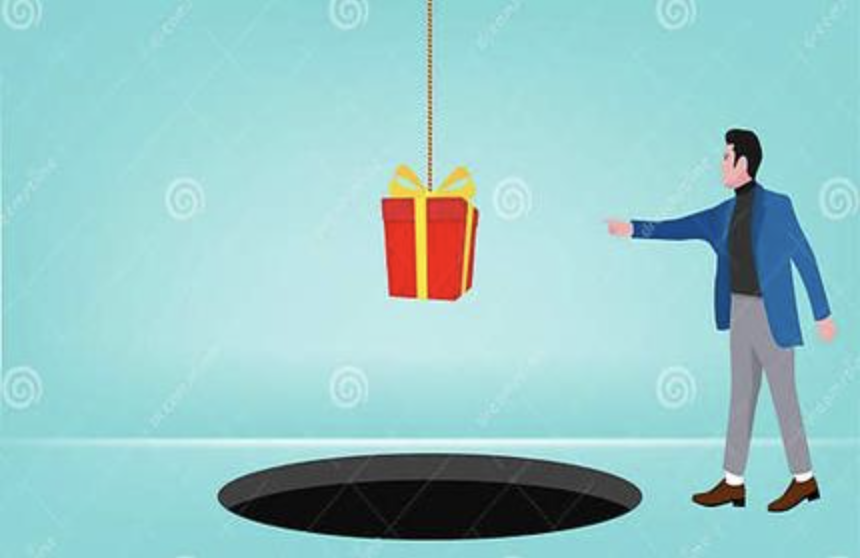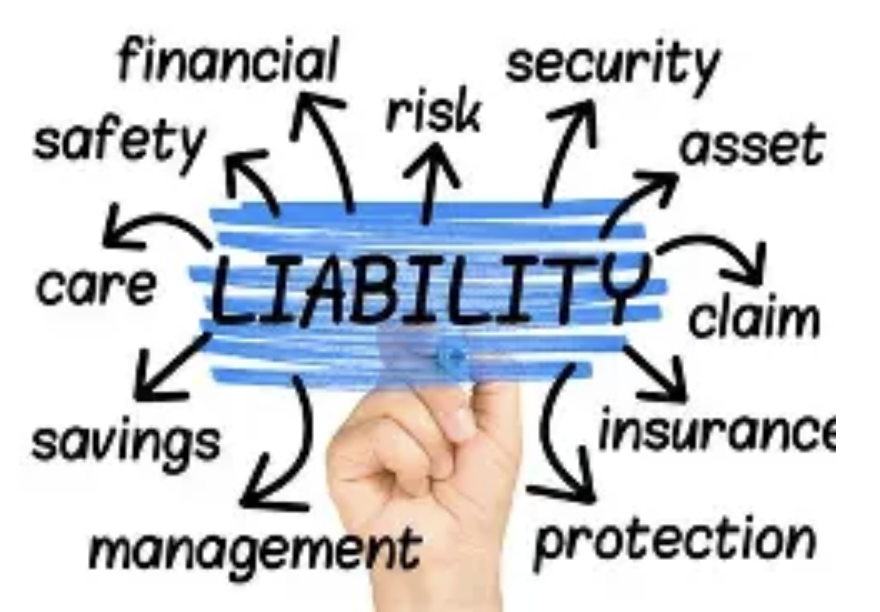The contemporary middle class—particularly those with robust incomes and potential for advancement—can easily fall victim to financial pitfalls that appear as “wise decisions.” These are not overt frauds; rather, they are societal expectations and promotional messages that gradually erode wealth. Their danger lies in their alignment with personal ambitions: “keeping pace” with colleagues, “establishing” prestige, or “planning for the future.” However, for high-income earners, these pitfalls can transform six-figure salaries into stagnant net worth. Here’s what to be cautious of.

It begins subtly: moving to a larger apartment after receiving a raise, leasing a high-end vehicle to correspond with a new professional title, or opting for exclusive subscriptions because “you’ve earned it.” Unlike deliberate spending, this inflation occurs automatically—when income increases, expenses inevitably rise without contemplation. A $20,000 salary increase can quickly disappear into elevated rent, upscale dining experiences, and more luxurious vacations, leaving nothing additional for savings or investments. The peril? You will never experience feeling “wealthy” because your lifestyle perpetually outstrips your earnings.
Over-Insuring Lifestyle, Under-Insuring Assets
Individuals tend to spend excessively on extended warranties for gadgets, travel coverage for every short getaway, or “full-coverage” automotive insurance for older cars. Meanwhile, they disregard essential policies such as umbrella insurance (to safeguard against lawsuits) or disability insurance (to replace income in case of inability to work). The downside? Spending money on insignificant coverage while failing to protect their most valuable assets—income, residence, savings—from severe risks.

The Misconception of “Home as an Investment”
Purchasing a larger home than necessary, under the assumption that it is a “secure investment,” is a typical pitfall. Mortgages with elevated interest rates, property taxes, maintenance charges, and closing costs can turn a residence into a financial burden. A $1.5 million house may increase in value by 3% annually, but property taxes, repairs, and insurance may consume a significant portion of that increase. The error? Mistaking “housing” for “investing”—your home serves as your place of residence; real investments yield passive income or consistently outpace inflation.
Utilizing credit cards for daily expenses to “earn rewards,” taking out personal loans for weddings or home improvements, or financing furnishings with “0% interest” options (which impose retroactive interest if a payment is missed) are not “conveniences”—they represent disguised debt. The risk? You are borrowing against future earnings to cover current costs, and the interest can transform minor purchases into long-term financial liabilities.
The “Side Hustle” Exhaustion Trap
Pursuing side hustles to “increase earnings” is a popular trend, but many middle-class professionals engage in activities that consume time and energy without delivering significant benefits. A freelance role that requires 10 hours a week, paying $20 an hour, could result in $600 a month after taxes; however, if it takes time away from family, leisure activities, or rest, the true cost is greater. The danger? Compromising quality of life for minimal financial improvements, rather than concentrating on enhancing primary income or making prudent investments with existing resources.

Steering clear of these pitfalls is not about frugality—it’s about being deliberate. For high-earning middle-class individuals, the route to wealth involves differentiating between “wants” and “needs,” scrutinizing marketing messages, and emphasizing long-term growth over short-term appearances. By disengaging from autopilot, you can transform hard-earned income into enduring financial stability.



